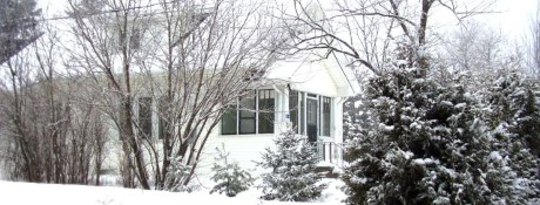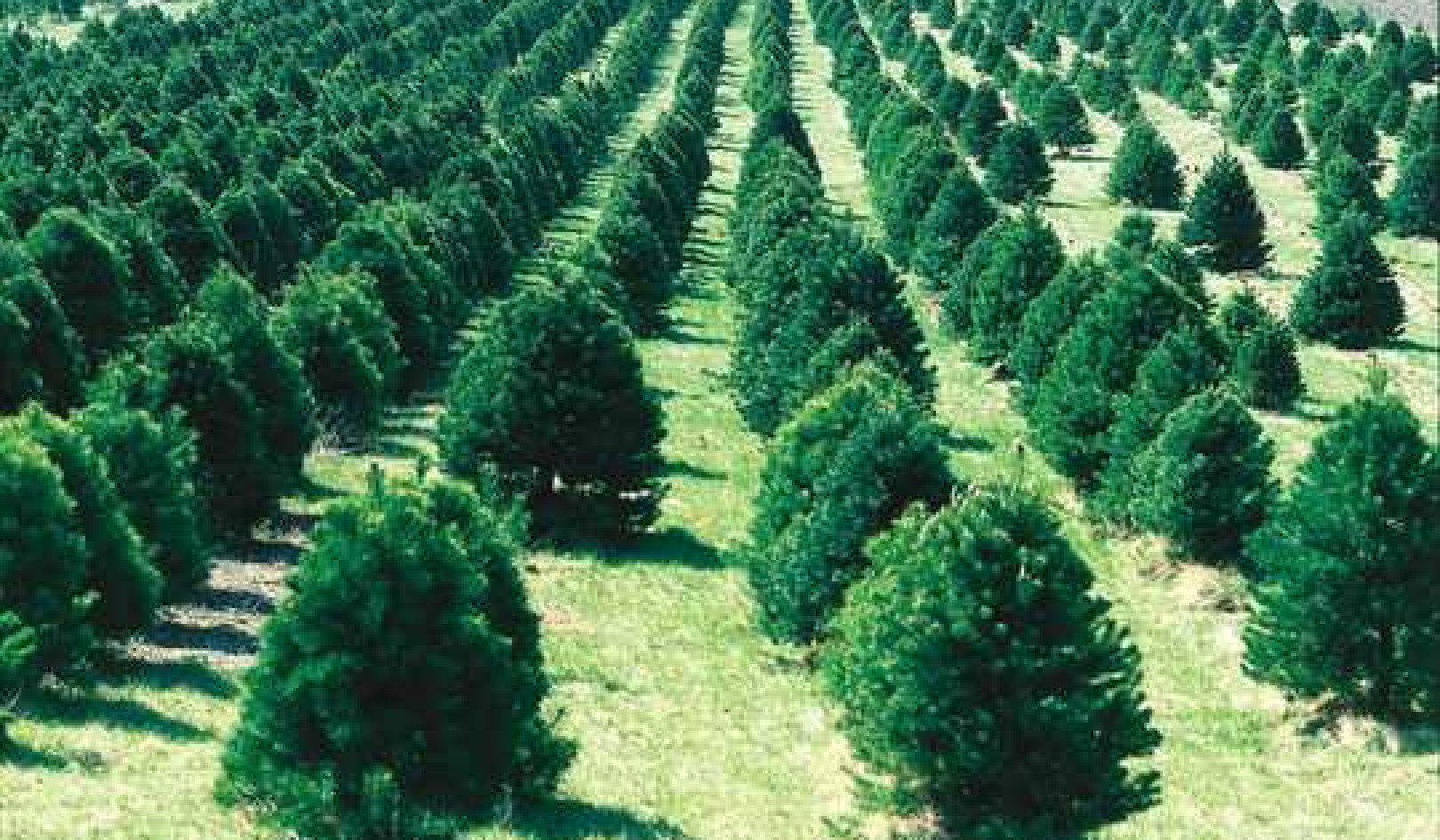
Most of us heat our home one of three ways: with traditional furnaces using natural gas, electricity or oil. All of these come with the potential for rapid, prohibitive price rises in the coming years (and are already prohibitive for some people), and all are potentially vulnerable to supply disruptions too. Oil is the most vulnerable, but gas and electricity may also be subject to supply constraints and systemic problems. We already have problems with brownouts and blackouts during peak demand periods for electricity in summer.
So what options do you have? Basically two: you can rely on less (or in some places, no) heat or cooling, by increasing your insulation, or you can use some other energy source to generate the resources you need to heat and cool yourself, your immediate area and part of your home. Most of us should not be thinking of heating a whole American super-sized house, but instead living in smaller spaces with less heat and cooling. Period.
What Is The Best Choice in Healing Solutions?
So what's the best choice? The best choice is to change your thinking, get used to winter, deal with the cold, adapt your house and yourself as best you can, and use the absolute minimum amount of heat from the cleanest source you possibly can. There is no perfect option — and we're not going to get to one without a massive commitment to retrofitting our dwellings.
Sometimes people will have to do the best they can — but most of us can do rather better than we do at minimizing our heat use and expectations, and thinking about our neighbors and the future as well as ourselves when we make our choices. We need to plan now for a long term with less energy — and as difficult as that is, we need to do so carefully and wisely.
Options for Supplemental Healing and Cooking
At some point, however, most of us will want some supplemental heating and cooling. Here are your options:
1. Electric space heaters.
Newer ones are much, much more efficient than older ones — don't waste money on an old used one if you've got a choice.
2. Propane heaters.
Note: MAKE SURE THESE ARE PROPERLY INSTALLED every year people die of CO poisoning using these improperly in a power outage. You must own a usable CO detector to use one of these safely.
3. Kerosene heaters.
Note: There are two kinds of these — cooking stoves, often used by the Amish as summer stoves, and heating stoves. Both will create ambient heat; the heaters are more efficient, but one you can cook on has advantages.
4. Geothermal heat pumps.
These are good choices for a lot of areas, particularly if you have a lot of local geothermal energy. The technology seems to be improving rapidly, too, so do your research.
5. Woodstoves.
 Don't use anything but a newer UL stove — period, unless you are desperately poor and have absolute no other choice. The pollutants and the efficiency issues are so great that you simply shouldn't use a very old stove, unless the choice is to freeze.
Don't use anything but a newer UL stove — period, unless you are desperately poor and have absolute no other choice. The pollutants and the efficiency issues are so great that you simply shouldn't use a very old stove, unless the choice is to freeze.
If you are going to buy a stove and need to heat and cook, a cookstove is a lot more versatile, and new ones are only slightly less efficient than a wood heating stove.
6. Corn stoves.
These are experiencing a big boom in sales and are backordered in many areas — just fyi.
7. Pellet stoves.
Pro: Uses a waste product of the construction industry; can be stored; low emission; possibilities for cities; no stovepipe.
Con: Pellets use a glue that may be toxic when breathed; requires electricity to run; relies on delivery from distant places.
Both corn and pellet stoves require electricity to operate the fans that warm the house.
8. Coal stoves.
OK, using these will be freakin' apocalyptic for the planet if we do it on any scale. That said, however, I mention them because if you are poor and have no choice, this may be your best option. I do recommend people who get them consider trying to get ones that can burn both coal and wood, so that you can convert to the somewhat better, renewable option later. And may G-d have mercy on my soul for mentioning this.
Pro: Cheap. Cheaper than any of the above options. While coal is rising in price, it still may remain cheap for some time, particularly in coal-producing areas. The stoves are cheap too.
Con: Are you kidding? This is the singleworst way to create heat ever.
9. Natural gas stoves.
These are also comparatively inexpensive and more available than corn or pellet stoves.
Pro: Cheap; uses less natural gas than a furnace; easy to install; comparatively clean burning?
Con: Subject to all the disadvantages of natural gas.
10. Wood masonry stove.
These are amazing — everyone should have one. Except, of course, that they cost a bazillion dollars and can collapse your floors. Still, if you can build one in or retrofit to add one and have the money, these are ideal.
Pro: Uses minimal wood; produces gradual heat; very clean burning; beautiful; can be made with bread ovens and warming benches probably the ideal solution to all our problems, if only we could afford one.
Con: Heating even a small house costs $10K plus — bigger ones in the range of $20K to infinity; prohibitive for many — require floor reinforcements if added to an existing house in some cases.
11. Rocket mass heaters.
These deserve much, much more attention; see dirtcheapbuilder. com/rostforcobbu.html
Pro: Cheap, with all the advantages of the above. These are probably the best option we've got.
Con: A major DIY project; big; require a lot of skill to build and set up.
12. Passive solar heaters.
Pat Murphy at the Community Solution is rather dismissive (based on extensive research) of most passive solar designs or retrofits, saying that they don't actually do what they say they do. Still these are worth exploring — do your research before you invest in major projects.
©2012 by Sharon Astyk. All rights reserved.
Reprinted with permission of the publisher,
New Society Publishers. www.newsociety.com
This article was reprinted with permission from Chapter 5 of the book:
Making Home: Adapting Our Homes and Our Lives to Settle in Place
by Sharon Astyk.
 Making Home is about improving life with the people around us and the resources we already have. While encouraging us to be more resilient in the face of hard times, author Sharon Astyk also points out the beauty, grace, and elegance that result. Written from the perspective of a family who has already made this transition, Making Home shows readers how to turn the challenge of living with less into settling for more — more happiness, more security, and more peace of mind.
Making Home is about improving life with the people around us and the resources we already have. While encouraging us to be more resilient in the face of hard times, author Sharon Astyk also points out the beauty, grace, and elegance that result. Written from the perspective of a family who has already made this transition, Making Home shows readers how to turn the challenge of living with less into settling for more — more happiness, more security, and more peace of mind.
Click here for more info and/or to order this book.
About the Author
 Sharon Astyk is a writer, teacher, blogger, and farmer who raises vegetables, poultry and dairy goats with her family in upstate New York. She and her family use 80% less energy and resources than the average American household. Sharon is a member of the Board of Directors of ASPO-USA (Association for the Study of Peak Oil and Gas USA), founder of the Riot 4 Austerity, and the award-winning author of four previous books including Making Home, Depletion and Abundance and Independence Days.
Sharon Astyk is a writer, teacher, blogger, and farmer who raises vegetables, poultry and dairy goats with her family in upstate New York. She and her family use 80% less energy and resources than the average American household. Sharon is a member of the Board of Directors of ASPO-USA (Association for the Study of Peak Oil and Gas USA), founder of the Riot 4 Austerity, and the award-winning author of four previous books including Making Home, Depletion and Abundance and Independence Days.

























